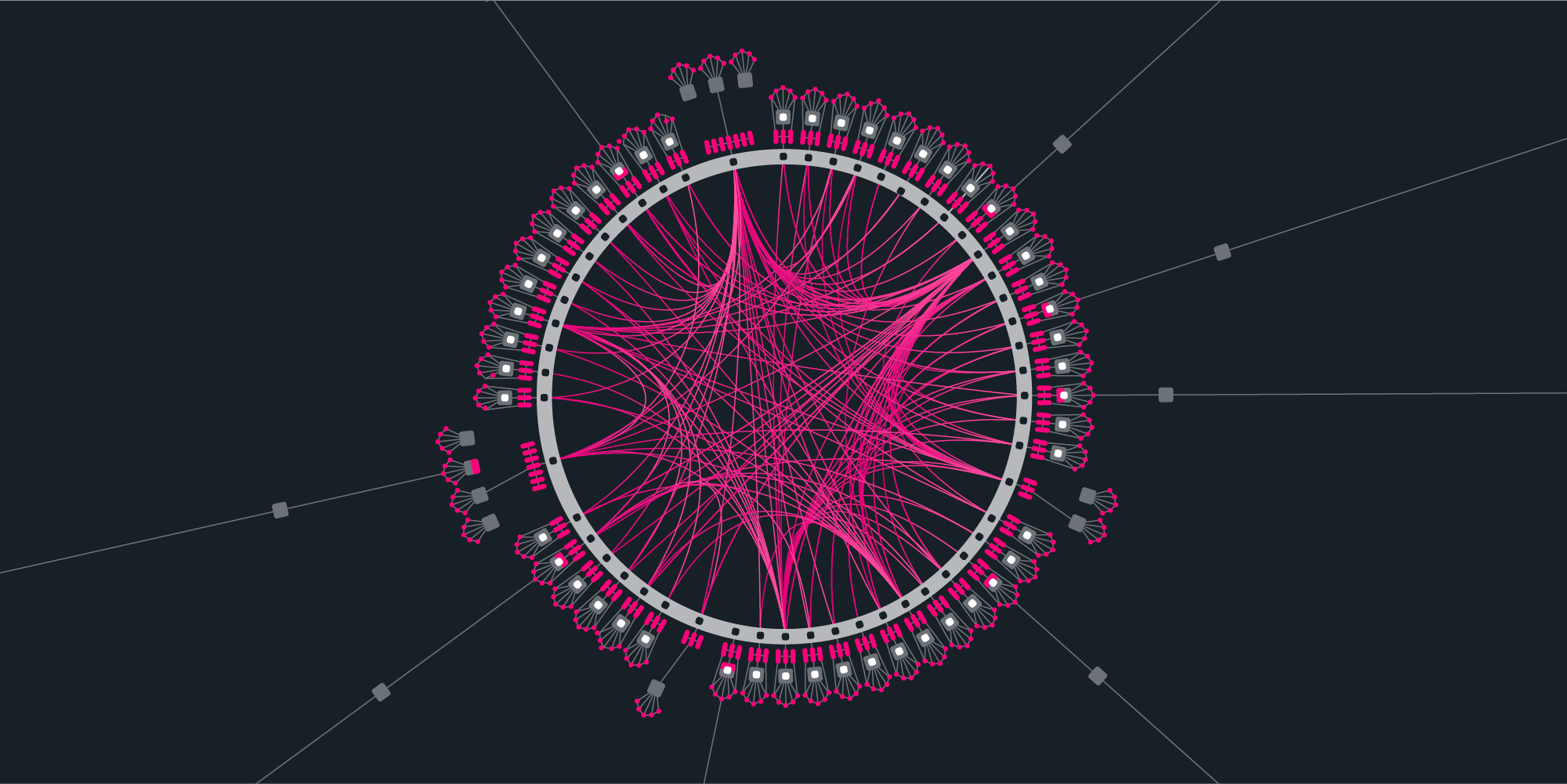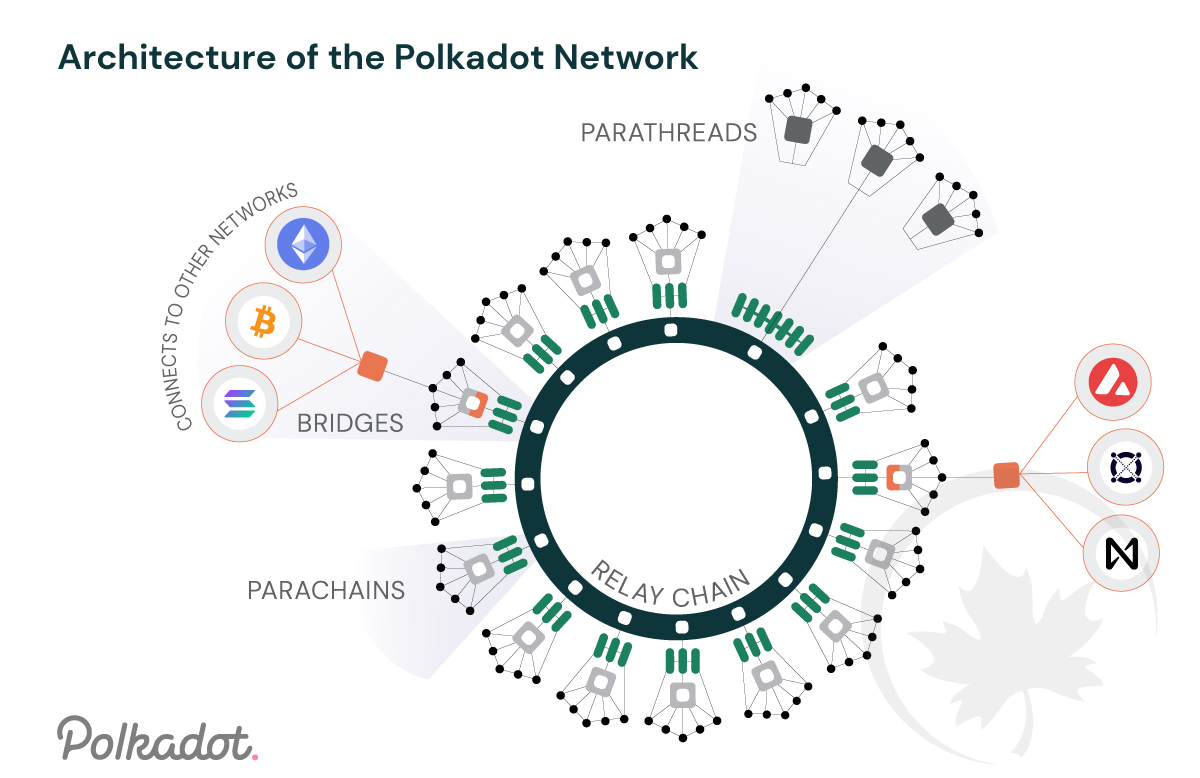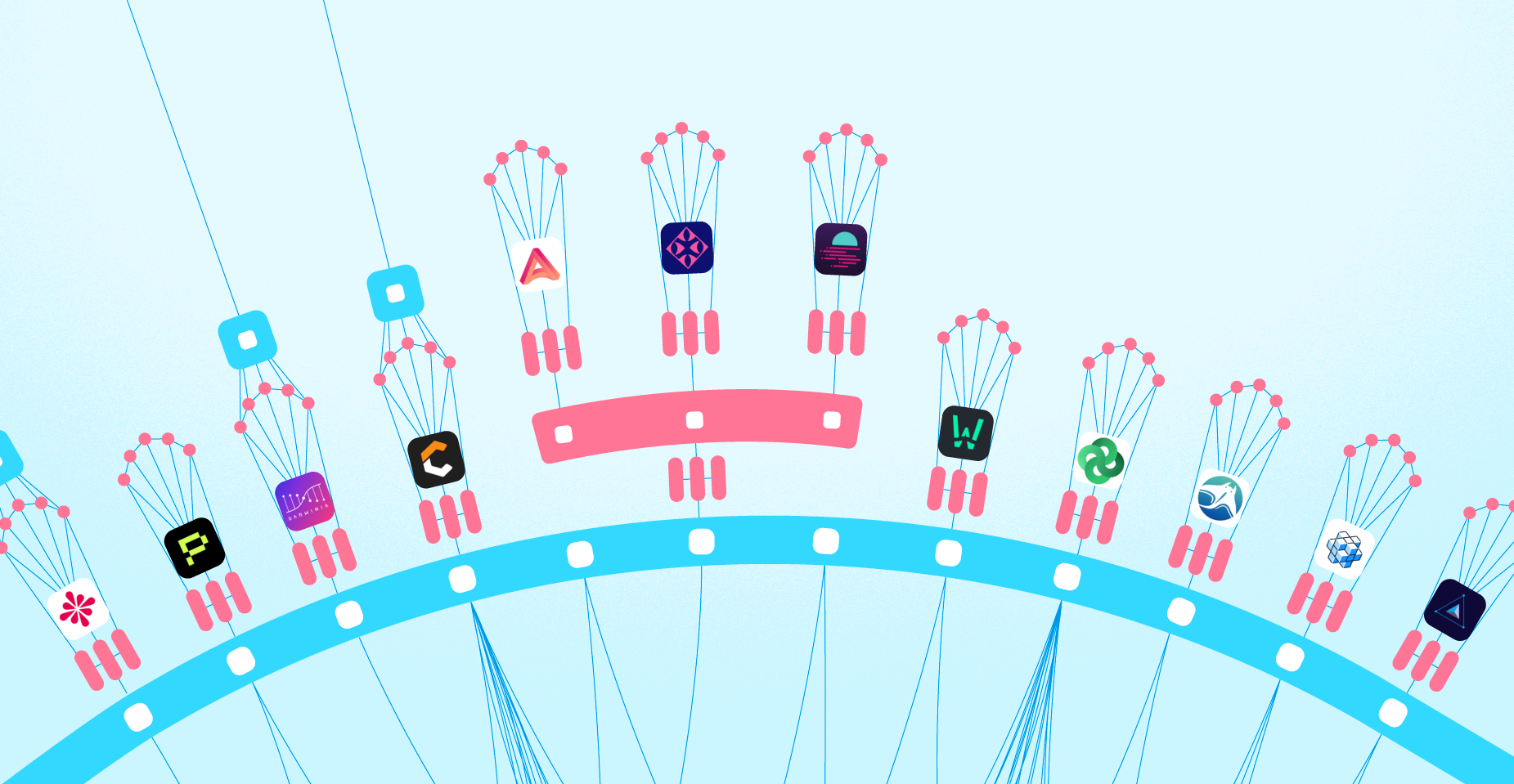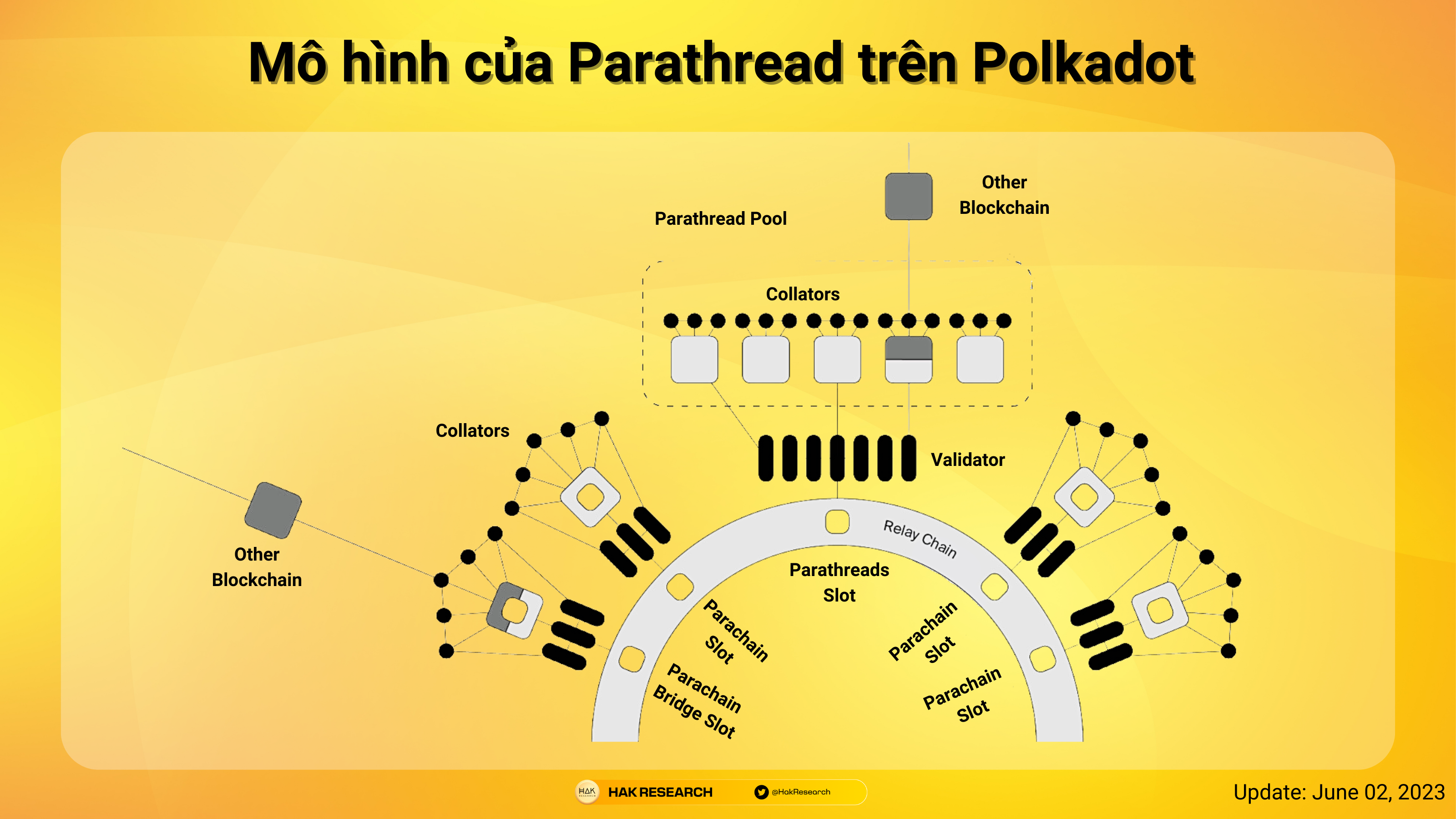What are Relaychain, Parachain & Parathread? Relaychain, Parachain & Parathread are concepts built and developed by Garvin Wood for Polkadot. So how important are these concepts in Polkadot’s blockchain? Let’s find out together in the article below.
To understand more about this article, people can refer to some of the articles below:
What Are Relaychain, Parachain & Parathread?
Overview of Relaychain, Parachain & Parathread

The components that make up Polkadot
Polkadot is composed of 4 main components including:
- Relaychain: Responsible for ensuring the security of all Parachains and Parathreads when connected.
- Parachain: These are Layer 1 blockchains that are plugged directly into the Relaychain and inherit security from the Relaychain. Each Layer 1 Blockchain has its own goals, orientation and development vision. Projects must participate in the auction to have slots on Polkadot’s Relaychain.
- Parathread: Usually Applications (Applications)
- IBC: Is a cross-chain bridge connecting all Parachains or Parathreads similar to Cosmos’s IBC.
Looking at the picture above, everyone can see that the Relaychain is the gray circle on the inside, plugged into the Relaychain will be the purple Validators and the Parachain are the gray squares in the core with a white image and the Parathreads. are simple gray squares.
To understand details about IBC, people can refer to the article:
What is Relaychain? Relaychain’s operating mechanism

Model of Relay Chain on Polkadot
Relaychain is the central chain of the Polkadot network. All validators will participate in staking on the Relay chain using DOT and participate in validating the Relay Chain. Relay Chain also helps perform common asset management functions, transfer funds between different networks, and coordinate the operations of different Parachains on Polkadot.
The most important thing and also the ultimate mission of Relay Chain is to ensure security for all Parachain & Parathreads.
What is Parachain? Pros and cons of Parachain

Model of Parachain on Polkadot
Normally, each Parachain will be an independent foundation Blockchain (Layer 1) that is authenticated and agreed upon by validators on the Relay Chain, which means that the Parachains will inherit the security and decentralization from the Relay Chain. Parachains can interact with each other through the XCM cross-chain bridge.
Parachain was born with 2 solutions to the basic problems of today’s blockchains:
- Ability of extension: A blockchain built for multiple purposes will make it difficult to find scalability solutions, so deploying Parachains where each Parachain has a different purpose helps improve scalability.
- Flexible features: Blockchains would be really good if they focused on solving one problem instead of many different problems. Parachains are blockchains built with purpose, vision and high specialization.
The number of parachains on Polkadot is limited to only about 100 slots and to become a Parachain on Polkadot, there are several ways as follows:
- System Parachain: These are parachains that make important contributions to the smooth operation of the network. Simply put, they are irreplaceable pieces of infrastructure.
- Auction Granted Parachain: Parachains will participate in the auction of Parachain positions using DOT from the project and calls from the community.
- Join and become a Parathread in a Parathread Pool.
Polkadot started auctioning Parachain from the end of 2021 and the first Parachains can be mentioned as Acala, Moonbeam, Clover Finance, Centrifuge,…
What is Parathread? Pros and cons of Parathread

Parathread’s model on Polkadot
The problem with Polkadot is that the number of Parachains is limited and does a blockchain limit its own ecosystem? Besides, it is not easy for a newly born project to raise the minimum amount. 20,000 DOT to participate in the parachain auction.
So Parathread was born and to become a Parathread, projects only need to deposit 50 – 100 DOT, a number just called to KYC the project itself. Parathread will be suitable for some of the following applications:
- Applications that want to participate in the Polkadot ecosystem.
- Applications that wish to develop and become a parachain on Polkadot in the future or projects that are worried about losing their parachain position on Polkadot.
- Projects have a need to use information from blockchain rather than create information.
In essence, to save money, a group (pool) of Parathreads will be plugged directly into the Relaychain and inherit the same security as Parachain, the main difference here is that using the API of Parathreads will only have to pay money when used. Each Parathread Pool can have up to 50 different parathreads.
Obviously, if you are an Application then the Parathread position will suit you much better than participating in the Parachain auction which is suitable for the underlying Blockchains. Parathread is one of Polkadot’s major developments to make it more accessible to all developers with little or no resources.
Several other factors shape Polkadot
In addition to Parachain, Parathread and Relay Chain, which are the most important elements that make up Polkadot, we also have some of the following elements:
- Validators: Validators will validate transactions and create new blocks on the Relay Chain. They will be guaranteed secure and honest with data integrity.
- Nominators: Users can choose a representative (nominator) to contribute to validating transactions and ensuring the safety of the network on Relay Chain.
- Cross-chain Message Passing: Subnets connected to Polkadot use the Cross-chain Message Passing mechanism to communicate with each other, sharing data and resources.
- Collator: A network node is selected to execute blocks for Parachain on Relay Chain. Collator uses information from the Polkadot network to create new blocks for the Parachain by selecting the necessary transactions and information from that Parachain’s network.
Summary
Above are the most basic concepts of Relaychain, Parachain & Parathread. Hopefully through this article everyone will truly understand what Relaychain, Parachain & Parathread are?


